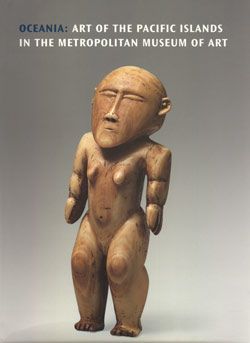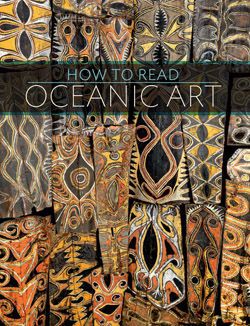Knife Sheath
Not on view
Although the vast majority of the population of Taiwan today is of Chinese ancestry, the island is home to a number of indigenous peoples whose languages and cultures are related to those of other indigenous Island Southeast Asian groups as well as the peoples of Polynesia and Micronesia. The most prolific of Taiwan's indigenous wood carvers are the Paiwan, who live in the mountainous interior of the southern tip of the island. Paiwan artists achieved some of their most refined expressions of the human form in the creation of personal accessories. Adorned with a central male figure whose facial features, like those of the faces that appear above and below him, are rendered with great delicacy and expressiveness, this Paiwan knife sheath was likely a treasured possession.
Fashioned from hardwood and painted a deep red, Paiwan knife sheaths are worn suspended from a loop of fiber, visible at the left. In embellishing knife sheaths, carvers depict various combinations of human figures, disembodied heads, and snakes (absent on the present example). The full figures portray recent ancestors, while the heads may represent more simplified ancestor images or, possibly, the heads of slain enemies. In Paiwan art, the use of highly stylized human images and snakes on knife sheaths and other articles was restricted to members of the high nobility. The more naturalistic treatment of figure and faces on this sheath, as well as the absence of snake images, suggest that its owner was a minor noble or commoner. The pose of the central ancestor image is unusual. On most Paiwan ancestor images, the sexual characteristics are prominently indicated; the more modest gesture adopted by the figure seen here suggests that the owner of the sheath may have been a Christian convert.
Due to rights restrictions, this image cannot be enlarged, viewed at full screen, or downloaded.



